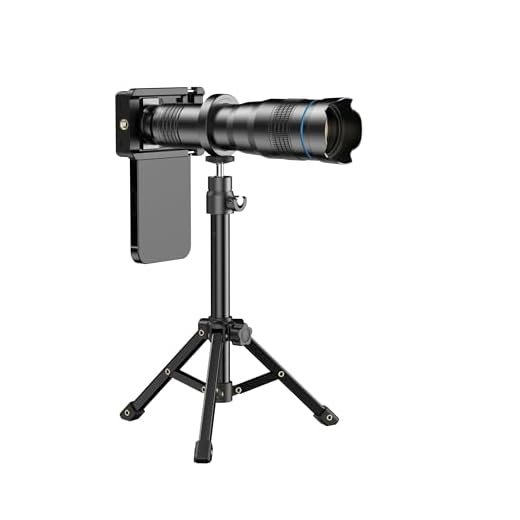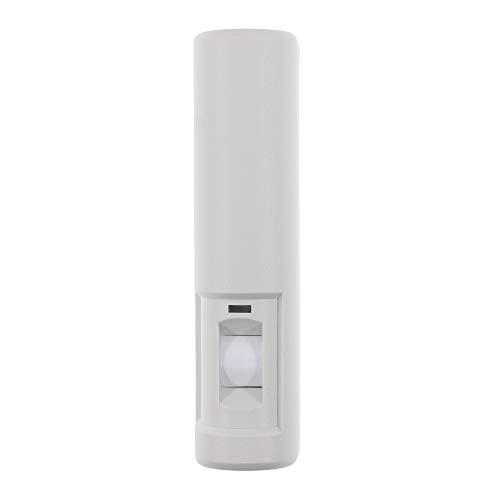




Photographing the sun can be a challenging yet rewarding experience for any photographer. With the advancement of digital cameras, capturing the beauty of the sun has become more accessible than ever. However, it is important to take precautionary measures to protect both your eyes and your camera when attempting to photograph the sun.
Before attempting to photograph the sun, it is crucial to use proper equipment such as a solar filter or eclipse glasses to protect your eyes from the intense light of the sun. Additionally, using a camera with manual settings will give you more control over the exposure and allow you to capture the sun in its full glory.
When setting up your shot, it is important to find a suitable location with a clear view of the sun and minimal obstructions. Experiment with different angles and compositions to create a unique and captivating image of the sun.
Choosing the right equipment
When photographing the sun with a digital camera, it is important to have the right equipment to ensure the best results. Here are some key factors to consider when choosing your gear:
| Camera: | Look for a digital camera with manual settings, such as aperture and shutter speed control, to have more control over your exposure settings. |
| Lens: | Use a telephoto lens to capture the sun in detail without risking damage to your camera’s sensor. A lens with a focal length of at least 200mm is recommended. |
| Filters: | Invest in a solar filter specifically designed for solar photography to protect your eyes and camera sensor from harmful sun rays. Never look directly at the sun through your camera lens. |
| Tripod: | Ensure stability by using a sturdy tripod to avoid camera shake, especially when shooting at slower shutter speeds to capture the sun’s details. |
Understanding the camera settings
Before attempting to photograph the sun with your digital camera, it is important to understand the various camera settings that will help you capture the best possible image. Here are some key settings to consider:
| ISO: | Set your camera’s ISO to the lowest possible setting to reduce noise in the image. |
| Aperture: | Use a small aperture (high f-stop number) to avoid overexposure and create a sharp image. |
| Shutter speed: | Adjust the shutter speed to ensure proper exposure while avoiding motion blur. |
| White balance: | Set the white balance to daylight or sunny to achieve accurate colors in your sun photos. |
| Exposure compensation: | Use exposure compensation to fine-tune the exposure based on the brightness of the sun. |
By mastering these camera settings, you can enhance your chances of capturing stunning photos of the sun with your digital camera.
Finding the perfect location
When photographing the sun with a digital camera, the location plays a crucial role in capturing stunning shots. Here are some tips to help you find the perfect location:
| 1. Check the weather forecast: | Make sure to choose a location with clear skies and minimal cloud cover to ensure optimal lighting conditions. |
| 2. Scout for interesting backgrounds: | Look for locations with unique landscapes or landmarks that can enhance your sun photography. |
| 3. Consider the sun’s position: | Determine the sun’s trajectory and plan your shoot accordingly to capture the sun at the desired angle. |
| 4. Avoid shooting directly at the sun: | To prevent overexposure and lens flare, position yourself so that the sun is slightly off-center in your frame. |
| 5. Experiment with different locations: | Don’t be afraid to explore various locations to find the perfect spot for your sun photography. |
Timing is key
It’s also important to consider the position of the sun in the sky. Shooting directly into the sun can result in overexposed or washed-out images. Instead, try to position the sun to the side or behind your subject for more dynamic and visually appealing shots.
Consider using filters
Filters can be very useful when photographing the sun with a digital camera. One common filter used for solar photography is a solar filter, which is specifically designed to protect your camera’s sensor from the intense light of the sun. This filter can help reduce the risk of damaging your camera and also improve the quality of your images.
Another type of filter that can be helpful is a polarizing filter. This filter can help reduce glare and reflections, allowing you to capture clearer images of the sun. It can also enhance the colors and details in your photos.
Post-processing tips
Once you have captured stunning photos of the sun with your digital camera, it’s time to enhance them further through post-processing. Here are some tips to help you make your sun photographs even more impressive:
1. Adjust the exposure
Depending on the lighting conditions when you took the photo, you may need to adjust the exposure to make the sun and its surrounding elements stand out more. Experiment with exposure settings to achieve the desired effect.
2. Enhance the colors
To make the colors of the sun and the sky pop, consider adjusting the saturation and contrast levels in your photo editing software. This can help create a vibrant and eye-catching image that captures the beauty of the sun.
Remember, post-processing is a creative process, so feel free to experiment with different editing techniques to bring out the best in your sun photographs.
Safety precautions
When photographing the sun with a digital camera, it is crucial to take safety precautions to protect your eyes and equipment. Here are some essential safety tips:
| 1. | Never look directly at the sun through the camera’s viewfinder or LCD screen, as this can cause permanent eye damage. |
| 2. | Use a solar filter specifically designed for solar photography to protect your camera sensor from damage. |
| 3. | Avoid pointing your camera directly at the sun for an extended period to prevent overheating and potential damage to the camera. |
| 4. | Be mindful of your surroundings and never leave your camera unattended while shooting the sun to prevent accidents. |
| 5. | After capturing your shots, review them on the camera’s LCD screen in a shaded area to avoid strain on your eyes from looking at the bright sunlight. |
By following these safety precautions, you can enjoy capturing stunning images of the sun with your digital camera while keeping yourself and your equipment safe.
FAQ
What settings should I use on my digital camera to photograph the sun?
When photographing the sun with a digital camera, it is important to use a low ISO setting (around 100-200) to reduce noise in the image. Additionally, set a narrow aperture (around f/16 or higher) to avoid overexposure. You may also need to use a fast shutter speed to prevent the sun from being too bright in the photo. Experiment with different settings to find the best combination for your specific conditions.
Is it safe to directly photograph the sun with a digital camera?
It is generally not safe to directly photograph the sun with a digital camera, as it can damage the camera’s sensor and your eyes. Instead, use a solar filter or solar eclipse glasses to protect both your eyes and your camera when photographing the sun. These filters will reduce the brightness of the sun and allow you to capture clear, detailed images without risking any damage.
Can I capture sun flares and sunspots in my photos with a digital camera?
Yes, you can capture sun flares and sunspots in your photos with a digital camera by using a telephoto lens and a solar filter. Look for sunspots on the sun’s surface, which appear as darker patches, and try to include them in your composition. To capture sun flares, experiment with different angles and exposures to create interesting and dynamic images of the sun’s activity. Remember to always use proper safety precautions when photographing the sun.








